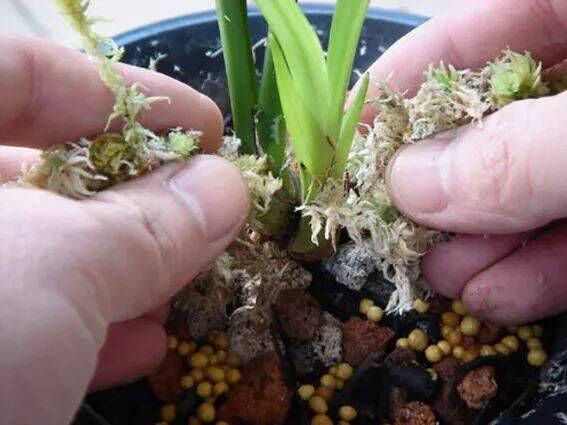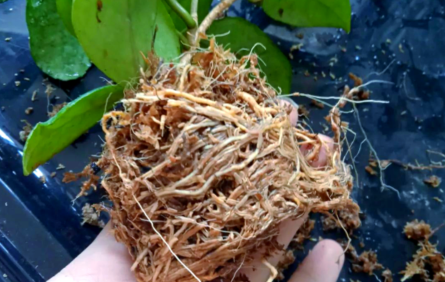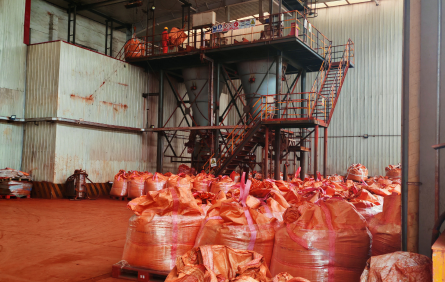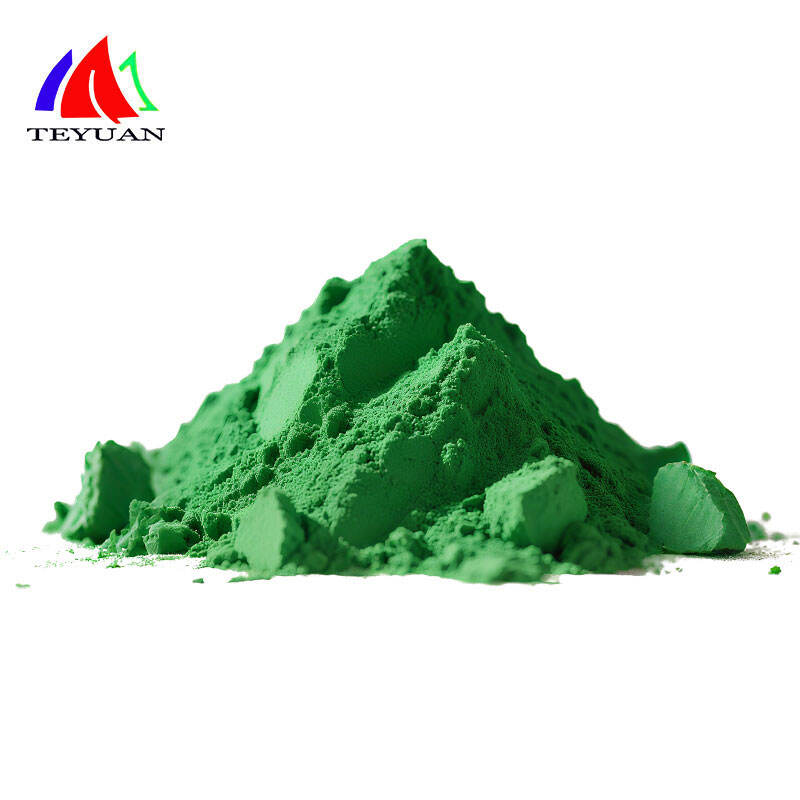In fields such as horticulture and ecological breeding, compressed sphagnum moss is becoming a highly favored material, thanks to its unique properties and extensive applications.
Compressed sphagnum moss is made from natural sphagnum moss (peat moss) through a series of processing techniques, including cleaning, disinfection, dehydration, and compression. Natural sphagnum moss grows in high-altitude, pollution-free wetland environments. It has a unique fibrous structure and remarkable water retention capacity. During the processing, the originally fluffy structure of the sphagnum moss is compressed, significantly reducing its volume, which makes it easy to store and transport, while preserving its core characteristics.

In terms of performance, the most outstanding feature of compressed sphagnum moss is its excellent water retention. Its unique fibrous structure is like countless tiny sponges, capable of absorbing several times or even dozens of times its own weight in water and releasing it slowly, creating a continuously moist growth environment for plant roots. At the same time, it also has excellent air permeability. Even when fully saturated with water, air can still circulate inside, preventing plant roots from rotting due to waterlogging and oxygen deficiency. In addition, compressed sphagnum moss is soft and elastic, with a weakly acidic pH value. This naturally weakly acidic environment is suitable for the growth of many acid-loving plants, such as orchids and insectivorous plants. Moreover, its sterile and pest-free properties provide a safe guarantee for plant growth.
In terms of applications, compressed sphagnum moss has a wide range of uses. In horticulture, it is an excellent cultivation medium. Whether used alone to grow orchids, allowing orchid roots to stretch freely in a moist and breathable environment, or mixed with other media such as perlite and vermiculite to cultivate succulents and potted flowers, it can significantly improve the survival rate and growth status of plants. In addition, compressed sphagnum moss is often used in plant cuttings, providing a moist rooting environment for cuttings and increasing the rooting rate. In the field of ecological breeding, it can be used as bedding for turtles and amphibians, which can maintain environmental humidity and is easy to clean and replace. For raising small arthropods such as scorpions and spiders, compressed sphagnum moss can simulate their original humid habitats. In landscape design, compressed sphagnum moss can also play a creative role, used to make moss walls, terrariums, or decorate bonsai, adding a natural charm. In daily life, dry compressed sphagnum moss can be used to wrap fresh flowers for preservation, or as a filling material in handicraft production to enhance the texture.
However, there are also some precautions when using compressed sphagnum moss. Due to its excessive water retention, it should be used with caution for drought-tolerant plants, or be mixed with other media with good air permeability. After long-term use, the sphagnum moss will gradually decompose and needs to be replaced regularly to ensure the stability of the plant growth environment.
With its natural, environmentally friendly, and versatile characteristics, compressed sphagnum moss plays an important role in many fields. As people pay more attention to ecological and environmental protection concepts, its application prospects will be even broader, bringing more surprises and possibilities to our lives and the natural environment.







